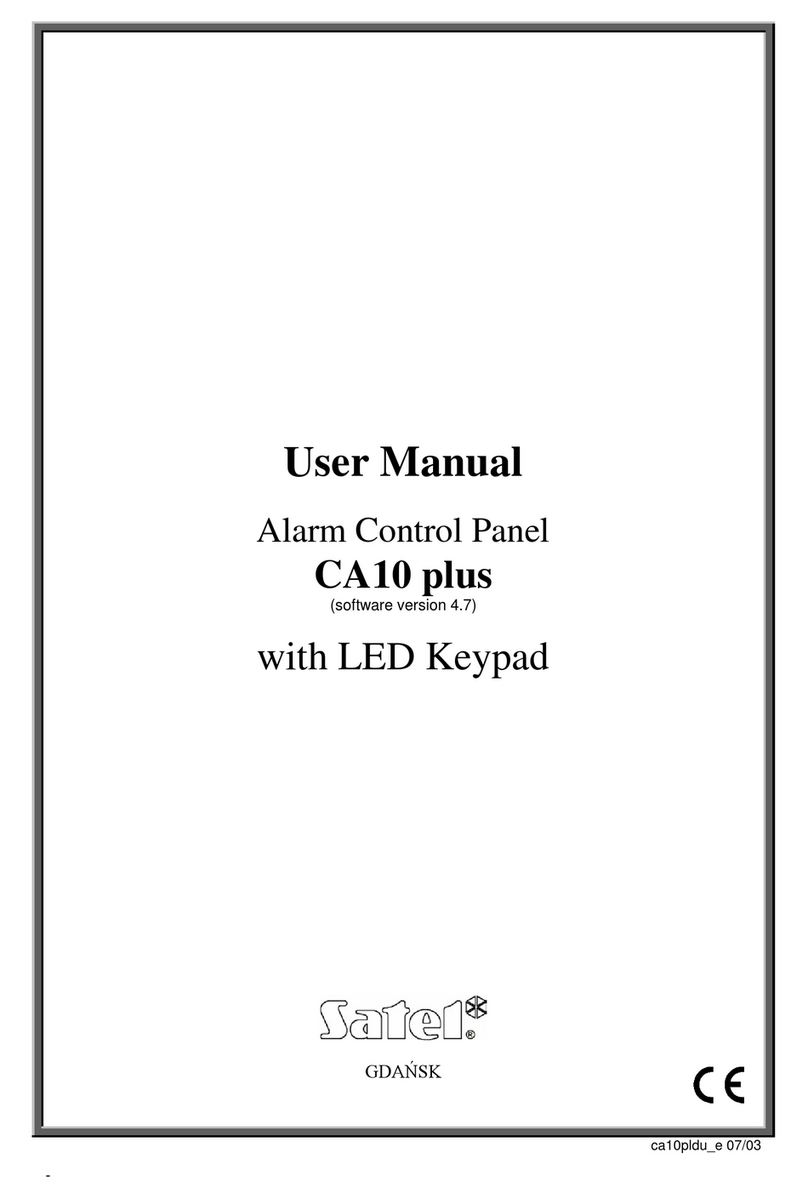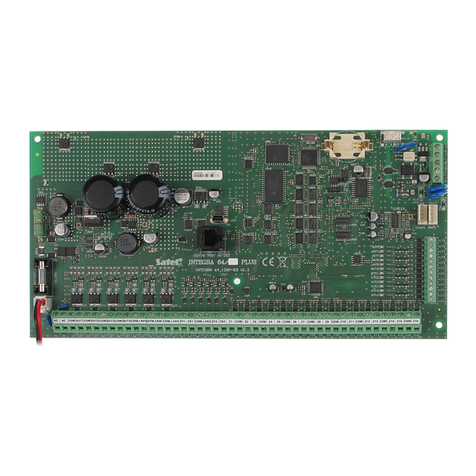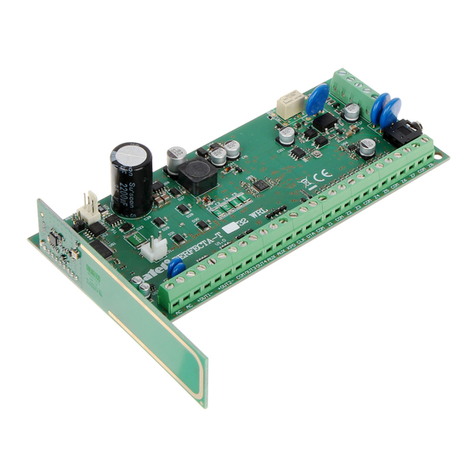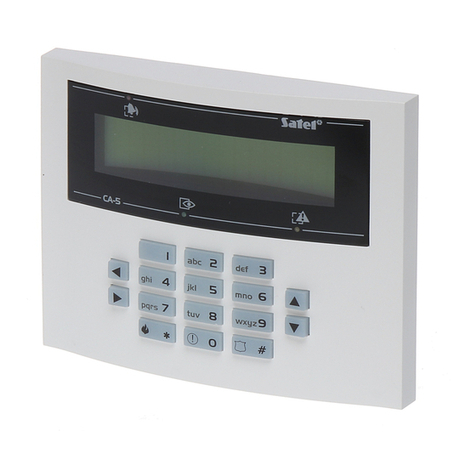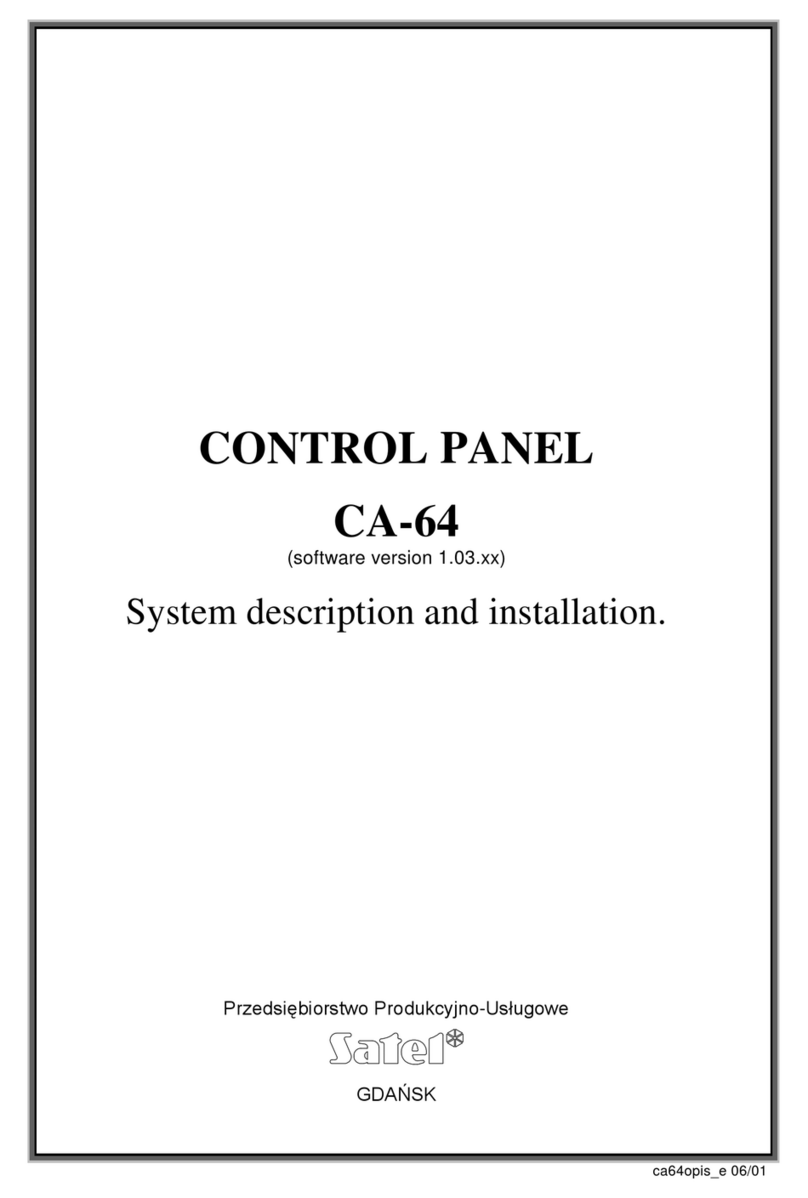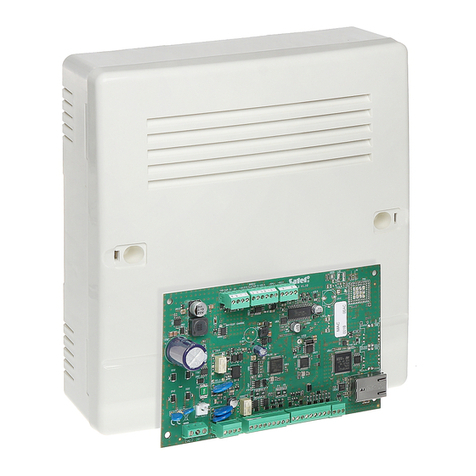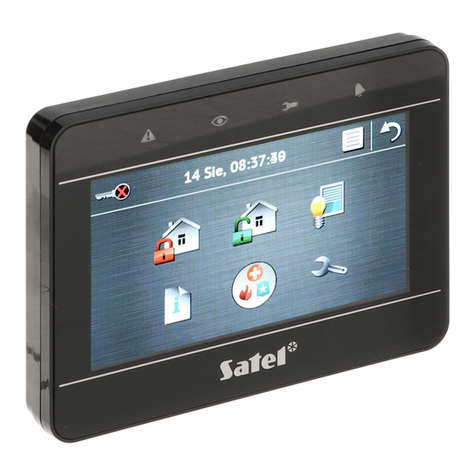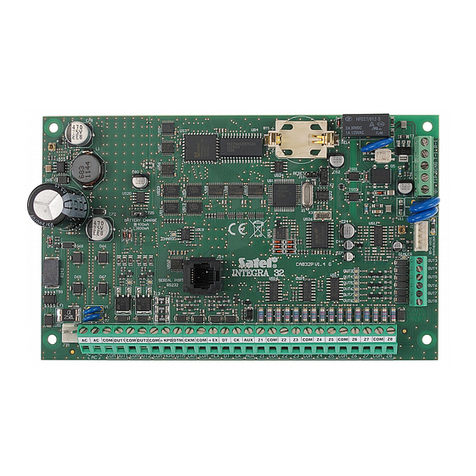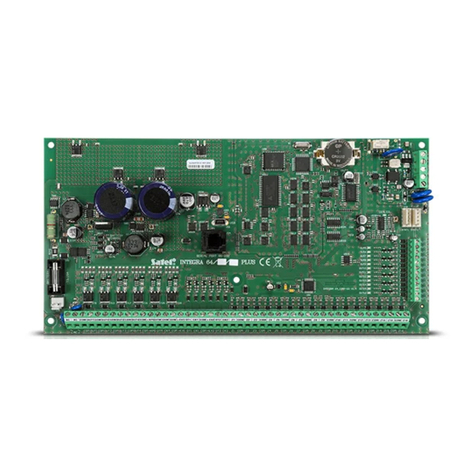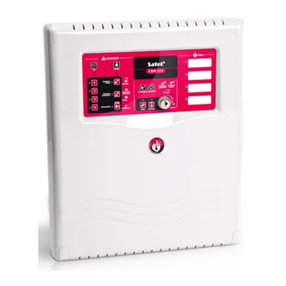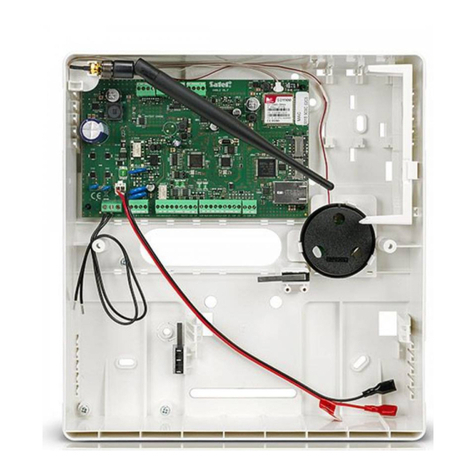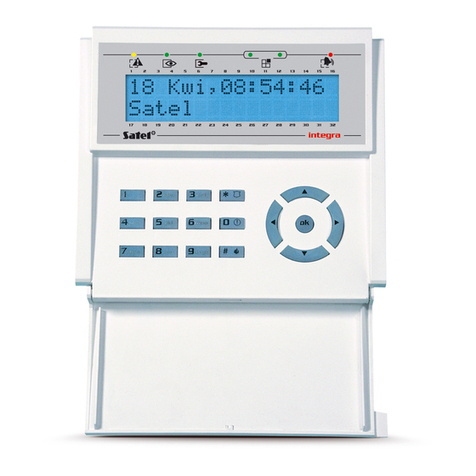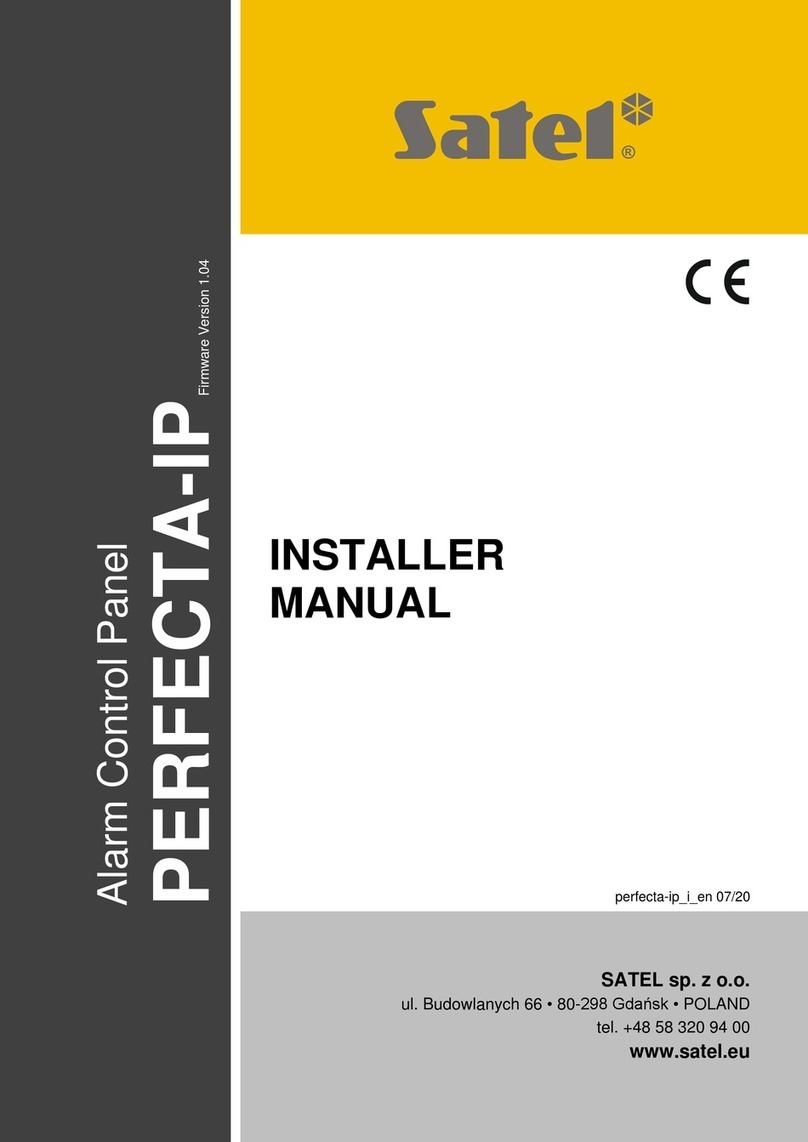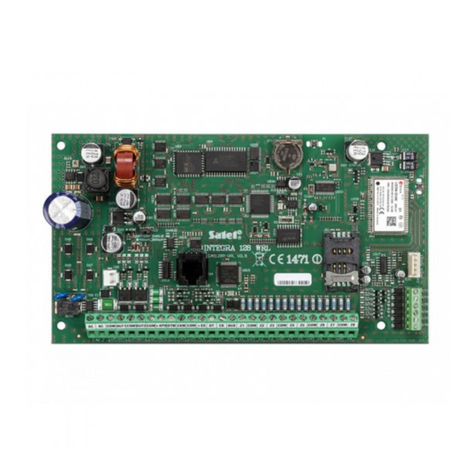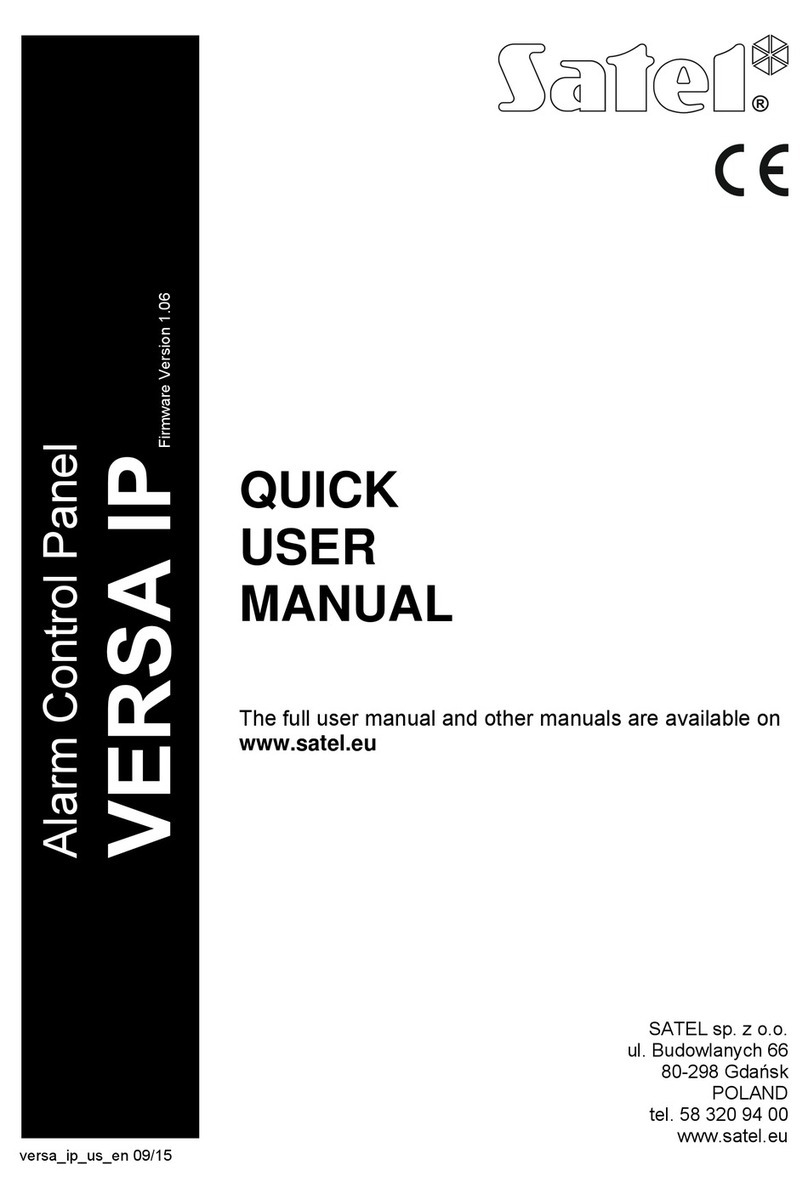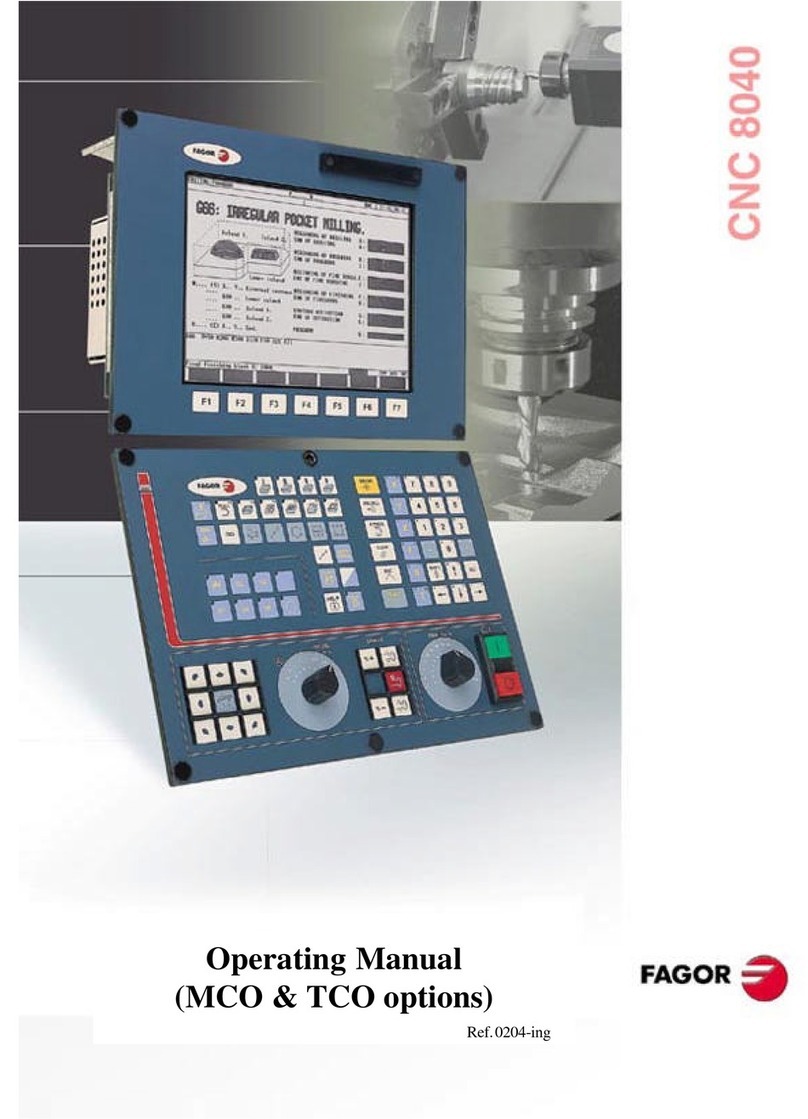
2 Programming SATEL
CONTENTS
1. General.............................................................................................................................5
2. Configuring the control panel with keypad........................................................................5
2.1 Starting the service mode..........................................................................................5
2.2 Starting the service mode “from pins”........................................................................6
2.3 Hiding the service mode............................................................................................6
2.4 Exiting the service mode............................................................................................6
2.5 Service mode menu...................................................................................................6
2.6 Entering data by means of the keypad ....................................................................25
2.6.1 Selection from the single-choice list............................................................................25
2.6.2 Selection from the multiple-choice list.........................................................................25
2.6.3 Entering decimal and hexadecimal values..................................................................25
2.6.4 Programming telephone numbers ..............................................................................25
2.6.5 Entering names..........................................................................................................26
3. Configuring the control panel with DLOADX program.....................................................27
3.1 Main menu of DLOADX program.............................................................................27
3.1.1 Buttons.......................................................................................................................28
3.2 Parameters related to communication between the control panel and DLOADX
program ...................................................................................................................29
3.2.1 Communication identifiers..........................................................................................29
3.2.2 Modem communication parameters............................................................................30
3.2.3 Ethernet communication parameters..........................................................................31
3.2.4 GPRS communication parameters .............................................................................33
3.3 Local programming..................................................................................................34
3.3.1 Starting local programming.........................................................................................34
3.3.2 Starting local programming “from pins”.......................................................................34
3.3.3 Finishing local programming.......................................................................................34
3.4 Remote programming..............................................................................................35
3.4.1 Starting remote programming via modem...................................................................35
3.4.2 Starting remote programming via Ethernet network....................................................38
3.4.3 Starting remote GPRS programming..........................................................................40
3.5 Control panel data file..............................................................................................43
4. System structure.............................................................................................................43
4.1 Objects ....................................................................................................................44
4.2 Partitions..................................................................................................................44
4.2.1 Creating partitions......................................................................................................44
4.2.2 Programming partitions ..............................................................................................44
4.2.3 Partition parameters...................................................................................................45
4.3 Zones.......................................................................................................................48
4.3.1 Assigning zones to a partition.....................................................................................48
4.3.2 Programming the EOL resistor values........................................................................48
4.3.3 Programming the zones .............................................................................................49
4.3.4 Zone parameters........................................................................................................49
4.3.5 Zone types .................................................................................................................52
4.3.6 Zone options ..............................................................................................................54
4.3.7 Counters ....................................................................................................................57
4.3.8 Bypasses....................................................................................................................57
4.3.9 Groups of partitions....................................................................................................58
4.3.10 Zone testing ...............................................................................................................58
5. Outputs...........................................................................................................................58
5.1 Output parameters...................................................................................................59
5.2 Output functions.......................................................................................................59
